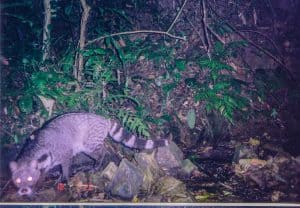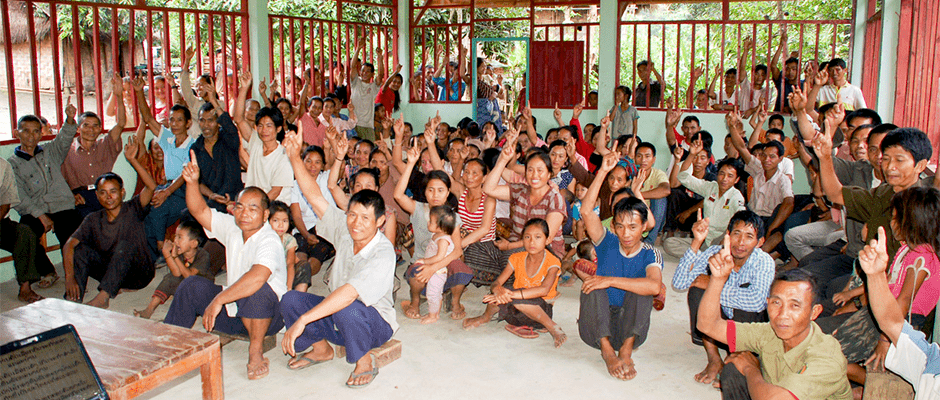Share this article
Putting a price on wildlife helps locals conserve them
In the last decade, an innovative community-based ecotourism strategy has attracted attention in Laos for saving wildlife and supplementing local people’s incomes. Researchers found that paying villagers for tourists’ wildlife sightings decreases illegal hunting and trading, and they suggest that similar incentivized arrangements could promote wildlife conservation worldwide.
“We decided to create an incentive-based system, so the money people get depends on gains in conservation that could be measured,” said Paul Eshoo, lead author on the paper published in PLOS ONE. “We give rewards so it’s clear to villagers that more wildlife equals more money.”
Laos lacked plans or evaluations regarding tourism’s impact on the nation’s people and animals, he said, and its past conservation development projects proved unsuccessful because they presumed that lifting communities out of poverty would curb their unlawful hunting and selling of wildlife. With input from park officials and community leaders, Eshoo, then an ecotourism adviser with the Wildlife Conservation Society, tried a new tactic in 2009 by entering into “direct payments” contracts with all the families from nine villages in Nam Et-Phou Louey National Protected Area.

A large Indian civet moves through the jungle, one of the more common wildlife sightings on Laos’ Nam Nern River. ©WCS/NEPL
According to the terms, a single tiger sighting would bring in over $22 to a village, since the region supported the last known breeding population of Indochinese tigers (Panthera tigris tigris) — possibly as small as seven individuals. Sambar deer (Rusa unicolor), otter and cat track sightings each contributed $2.50, and those of other rare species, such as barking deer (Muntiacus spp.) and civets, resulted in half that amount. To reduce risks to wildlife, the scheme also included deterrents to poachers and traffickers. In up to three violations, community members caught perpetrating these crimes would force their village to forfeit from 25 to 100 percent of the funds it made off sightings.
When the tourist season ended, Eshoo and his colleagues told every village the wildlife that tourists had spotted, the revenue each village had acquired and the penalties each had incurred. The village voted on how to use the money, and as residents developed interest in the program, on how to amend the contracts. By the third year, the government also received a portion of the proceeds to aid its conservation efforts.
“The longer you do it, the more effective it gets if you are able to adapt the agreement,” Eshoo said. “In the sector of the park that has tourism, threats flatlined. There were increases in sightings of wildlife,” even previously unobserved species like bears and dholes (Cuon alpinus). The approach appeared best for less imperiled animals that tourists could frequently notice, he said.
“For monitoring, it’s a good, easy system,” Eshoo said. “It doesn’t cost a lot. The villagers see the benefits, the money being lost if they’re hunting. It creates healthy competition to protect things. But it’s not a silver bullet. It works in tandem with enforcement.”
This model was inspired by an ecotourism initiative that helped enhance the number of critically-endangered giant ibis (Thaumatibis gigantea) at Tmat Boey in Cambodia. Variations featuring camera traps and further tweaks are underway in other parts of the Laotian reserve and beyond, Eshoo said. The scheme could be extended to protected areas around the planet as long as it derives from “an analysis of how you’re addressing threats with the intervention you’re doing,” he said.
“Think about how livelihood interventions can be incentives, how what you’re going to get in return for conservation can be measurable and how there are ramifications if communities don’t make good on their commitment,” Eshoo said. “There should be clearer written indicators related to conservation. It’s important to have this direct incentive because it keeps tourism focused on one of its key goals — protecting wildlife.”
Header Image: Villagers vote on how to use their fund from the ecotourism program, such as for medicine, furniture or their school.








